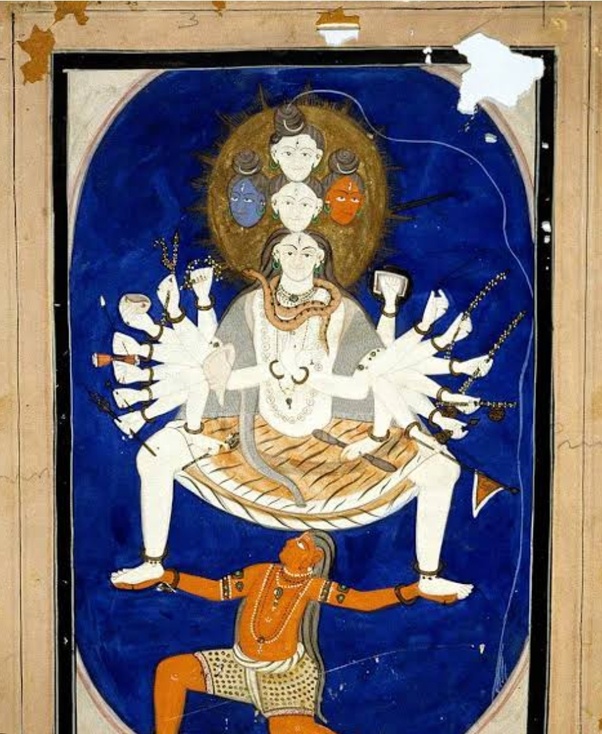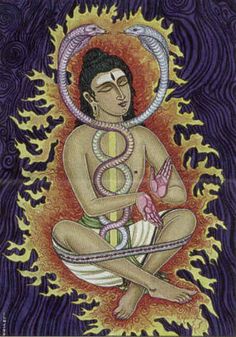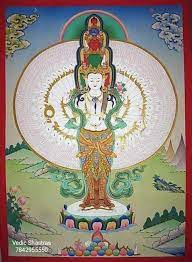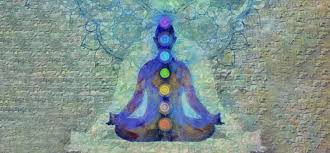The Sanskrit term, sutra, holds significant importance in Indian philosophy and literature. The term “sutra” can be translated to mean a thread or string that holds concepts together in a concise and easily memorable manner. It typically consists of aphorisms or concise rules that convey profound teachings or principles in a compact form. Sutras are commonly used in disciplines such as Hinduism, Buddhism, and Jainism as a means of transmitting knowledge and guiding spiritual practice. The brevity and clarity of sutras make them valuable tools for understanding complex ideas and for contemplation.
The Shiva Sutras provide a framework for understanding Yoga. The sutras are a set of aphorisms that outline the teachings of Lord Shiva in the form of a dialogue between Shiva and his consort, Devi. These profound and concise verses delve into the nature of reality, consciousness, and the path to spiritual liberation. They are highly revered in the Shaivite tradition for their deep insights into the nature of existence and the self. Each sutra is packed with layers of meaning and wisdom, making them a valuable resource for seekers on the spiritual path. Studying the Shiva Sutras can lead to a greater understanding of the true nature of oneself and the universe.
The Shiva Sutras outline 4 upayas, or ways and means, to attain self-realization and spiritual growth. These paths offer different approaches to connect with the divine and ultimately experience unity with the universal consciousness. The sections below offer brief explanations of these upayas.
Each upaya caters to individuals with varying inclinations and spiritual capacities, guiding them towards enlightenment and liberation.
Click on the links in the columns below to view videos on each upaya.

The first upaya is Anupaya, which emphasizes the direct realization of one’s true nature beyond any practice or technique.

The second upaya, Shaktopaya, focuses on recognizing the power of divine energy within oneself and harnessing it for spiritual progress.

The third upaya Shambhavopaya, involves meditation on the supreme reality through the awareness of one’s own divine nature.

Lastly, the fourth upaya, Anavopaya, suggests external practices and rituals to channel one’s awareness towards the divine.